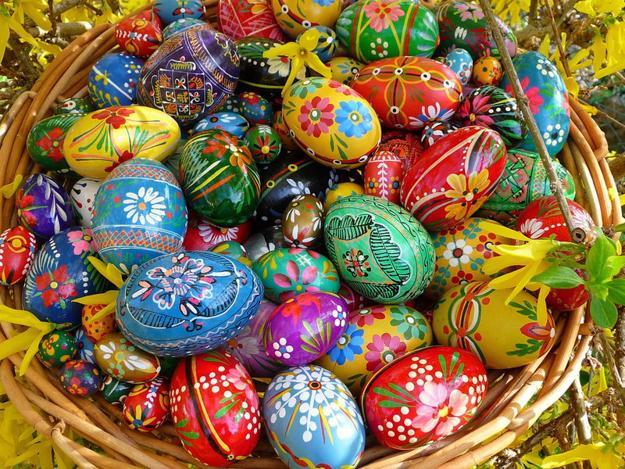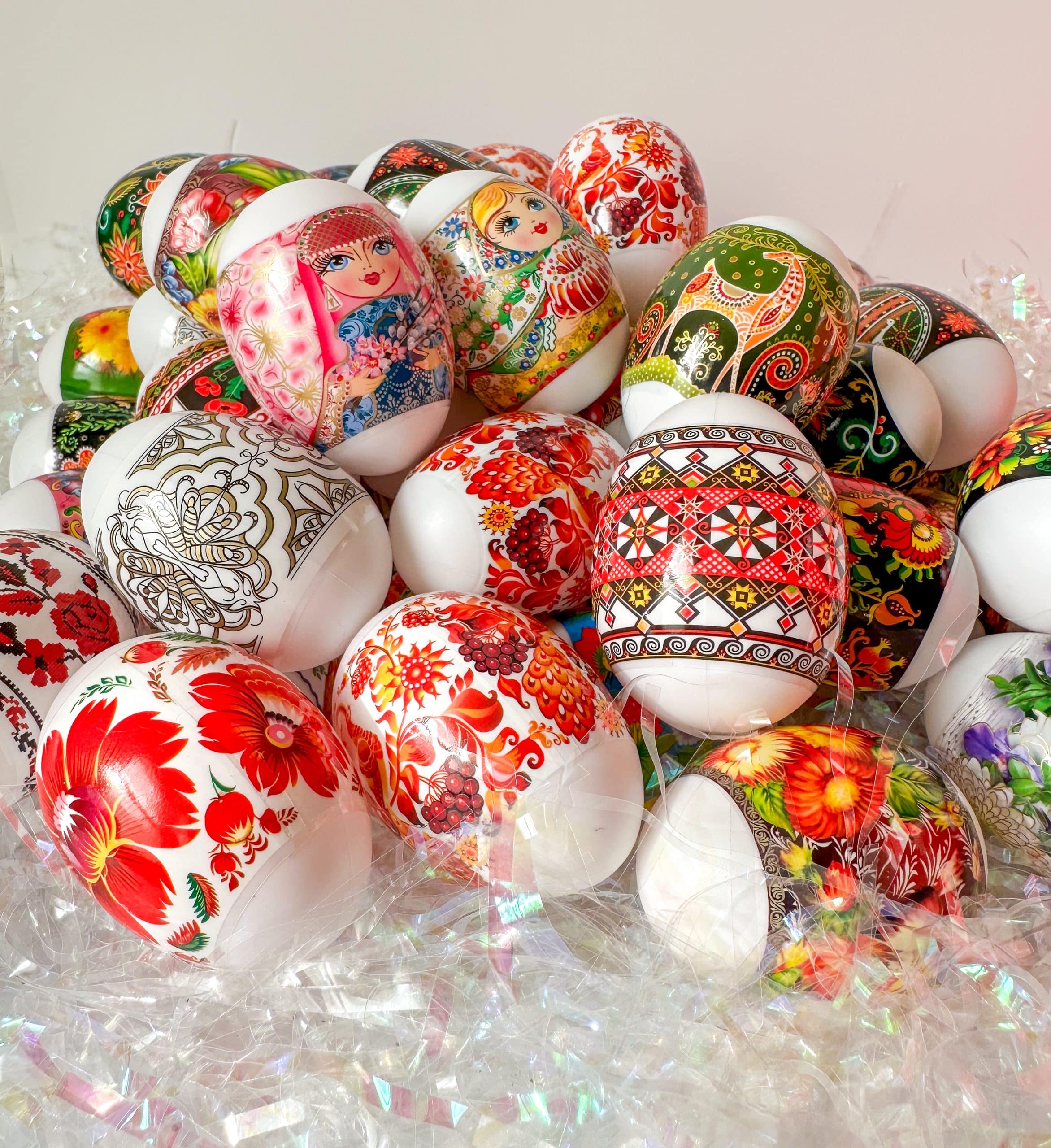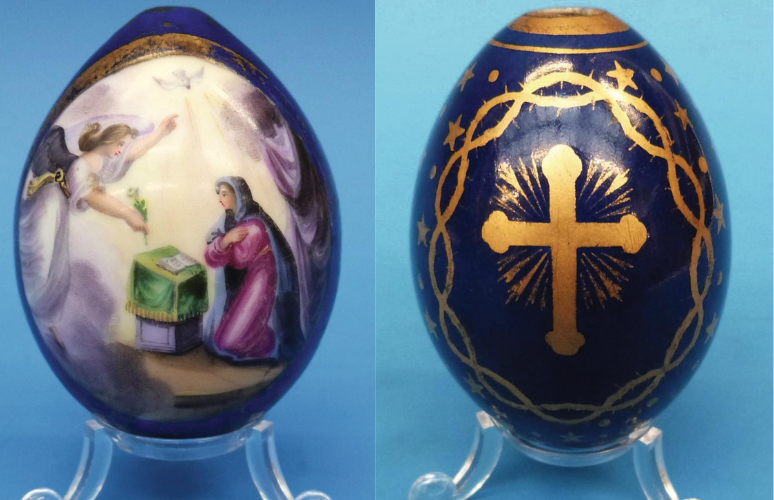Decorated Russian eggs, particularly those crafted by the renowned jeweler Peter Carl Fabergé, are not only exquisite pieces of art but also carry a rich cultural and historical significance. In this comprehensive guide, we will dive deep into the world of Russian egg decoration, exploring its history, techniques, cultural importance, and tips for collectors.
Table of Contents
- 1. The Historical Journey of Russian Eggs
- 2. The Techniques of Egg Decoration
- 3. Cultural Significance of Russian Eggs
- 4. Collecting Decorated Russian Eggs
- 5. Pros and Cons of Collecting Decorated Eggs
- 6. FAQs about Decorated Russian Eggs
1. The Historical Journey of Russian Eggs
The tradition of decorating eggs dates back centuries, with significant roots in Russian culture. The most famous decorated eggs are the Fabergé eggs, created in the late 19th and early 20th centuries for the Russian Tsars.
The Origins of Egg Decoration
Egg decoration can be traced back to ancient civilizations. In Russia, the crafts of egg painting and decorating became popular as Easter approached. However, it was the artistry of Fabergé that elevated this practice to an art form.

The Fabergé Era
Peter Carl Fabergé was commissioned by Tsar Alexander III in 1885 to create an Easter egg for his wife, Empress Maria Feodorovna. This marked the beginning of the famed Fabergé egg collection, which included 50 imperial eggs, each uniquely designed.
Notable Fabergé Eggs
| Egg Name | Year Created | Materials Used | Notable Features |
|---|---|---|---|
| Imperial Egg | 1885 | Gold, enamel | Surprise inside: a yolk and hen |
| Conch Shell Egg | 1897 | Gold, jade | Features a miniature replica of the royal crown |
| Imperial Trans-Siberian Railway Egg | 1900 | Gold, steel, platinum | Includes a working miniature train inside |

2. The Techniques of Egg Decoration
Decorating Russian eggs employs various techniques that have been perfected over generations. Each method reflects the artist’s skill and the cultural tradition behind it.

Popular Egg Decoration Techniques
Pysanky
Pysanky is a traditional Slavic method of egg decoration using wax-resist techniques. This involves applying hot wax to the egg shell in intricate designs, then dyeing the egg. The wax is later removed to reveal beautiful patterns.

Gzhel
Gzhel is a form of Russian ceramic art that has influenced egg decoration. The blue and white floral patterns of Gzhel ceramics are replicated on eggs to create stunning designs.
Engraving and Enameling
Some of the most luxurious decorated eggs involve engraving and enameling. Gold, silver, and precious stones are often used to enhance the elegance of these eggs.

3. Cultural Significance of Russian Eggs
Decorated Russian eggs hold multifaceted meanings within Russian culture, from religious symbolism to expressions of artistry and craftsmanship.

Symbolism of the Egg
Eggs symbolize new life and rebirth, particularly in the context of Easter. In Russian Orthodox Christianity, the egg signifies the resurrection of Christ, making it an important religious symbol during Easter celebrations.
Artistic Expression
Each decorated egg is a canvas for artistic expression. The intricate designs reflect cultural stories, historical events, and the skill of the artisan, making these eggs treasured pieces of art.
4. Collecting Decorated Russian Eggs
For those intrigued by these stunning pieces, collecting decorated Russian eggs can be a rewarding hobby. Here are some tips and insights into the world of egg collecting.
What to Look for in Collectible Eggs
- Authenticity: Ensure that you are purchasing genuine pieces, particularly when it comes to Fabergé eggs.
- Condition: Examine the condition of the egg thoroughly; any damage can significantly reduce its value.
- Documentation: Original boxes, certificates, and provenance enhance the collectibility of an egg.
Where to Buy Decorated Russian Eggs
Decorated Russian eggs can be purchased from various sources:
- Antique shops and galleries
- Online auctions (e.g., eBay, Christie’s)
- Specialty art galleries and craft fairs
5. Pros and Cons of Collecting Decorated Eggs
| Pros | Cons |
|---|---|
| Beautiful and unique art pieces | Can be expensive, especially for genuine Fabergé eggs |
| Cultural and historical significance | Requires knowledge to avoid counterfeits |
| Potentially valuable investments | Fragile and must be cared for properly |
6. FAQs about Decorated Russian Eggs
What is a Fabergé egg?
A Fabergé egg is a richly decorated egg made by the jeweler Peter Carl Fabergé, often featuring intricate details and precious materials, created primarily for the Russian royal family.
How are Russian eggs decorated?
Russian eggs can be decorated using various methods, including wax-resist (pysanky), engraving, and enameling. Each technique offers a distinct aesthetic and cultural significance.
Where can I learn more about egg decoration techniques?
There are numerous workshops, classes, and online resources available for those interested in learning egg decoration techniques like pysanky or Gzhel.
Are all decorated Russian eggs expensive?
While authentic Fabergé eggs are highly valuable, there are also many affordable options available. Prices can vary widely based on materials, craftsmanship, and historical significance.
What should I consider before starting a collection of decorated eggs?
Before starting a collection, consider your budget, the types of eggs you’re interested in, your level of expertise, and the space available for displaying your collection.
Conclusion
Decorated Russian eggs are more than mere collectibles; they embody the essence of artistry, history, and cultural heritage. Whether you’re an avid collector or just beginning your journey, understanding the traditions and techniques behind these beautiful creations enriches the experience. As you explore the world of decorated Russian eggs, you’ll discover not only exquisite art pieces but also the stories and meanings they hold.